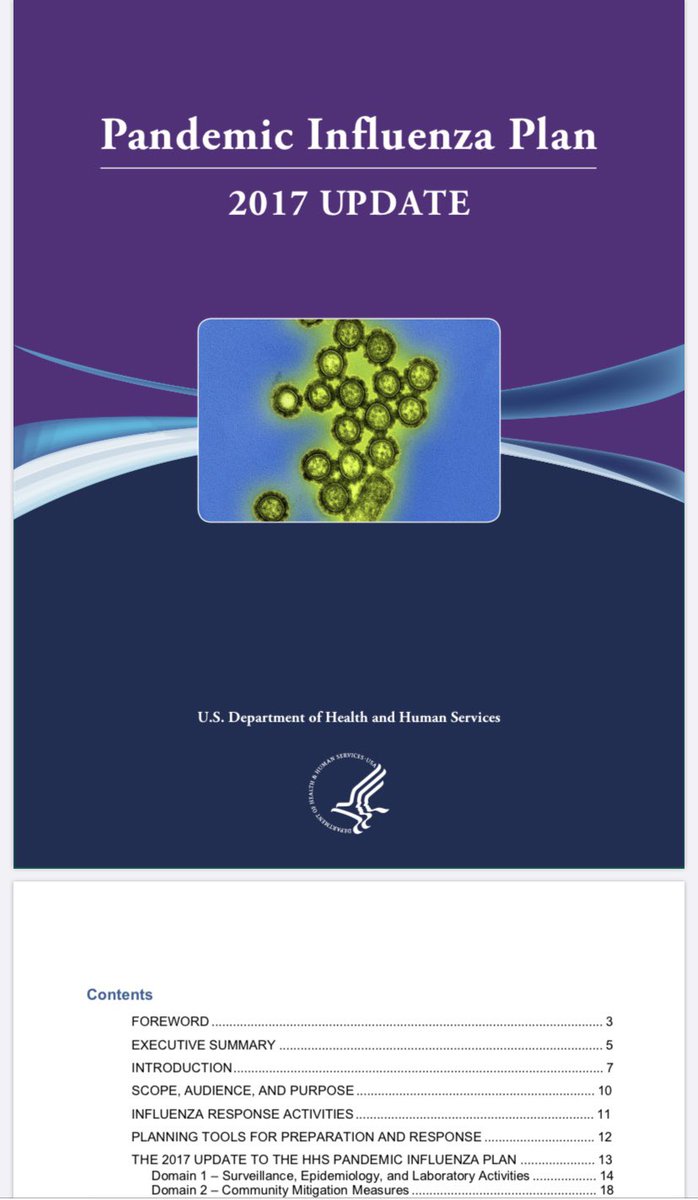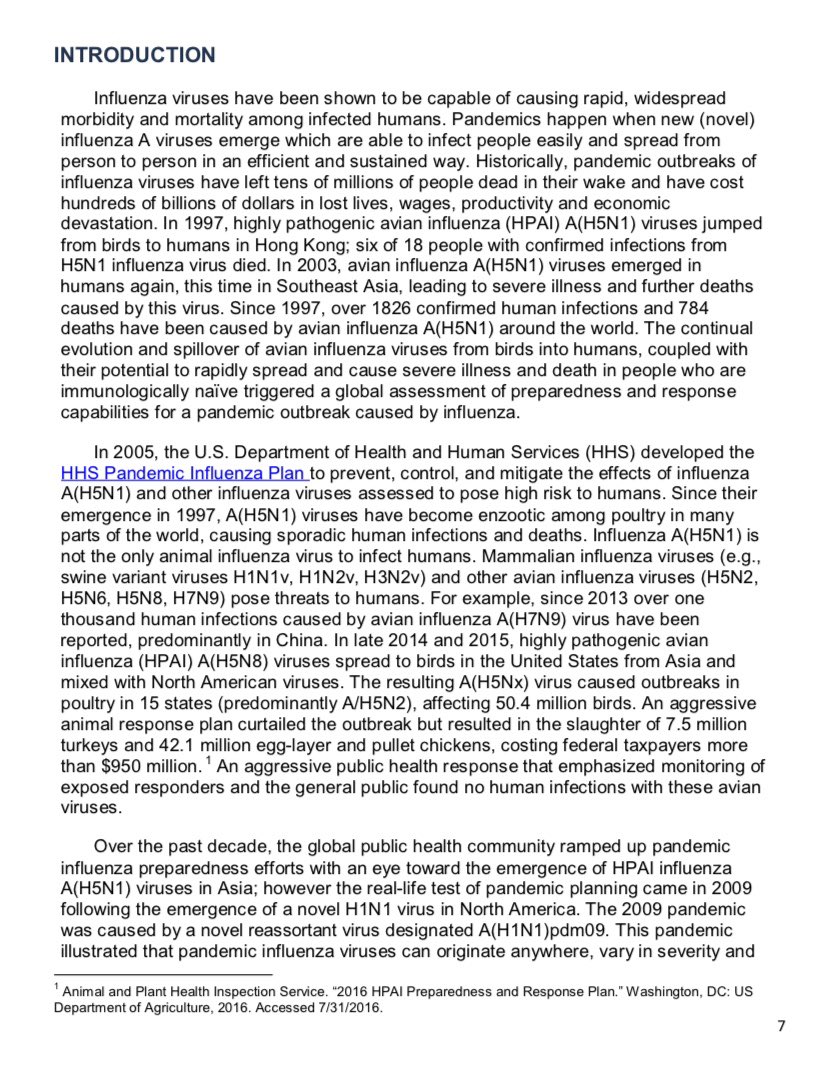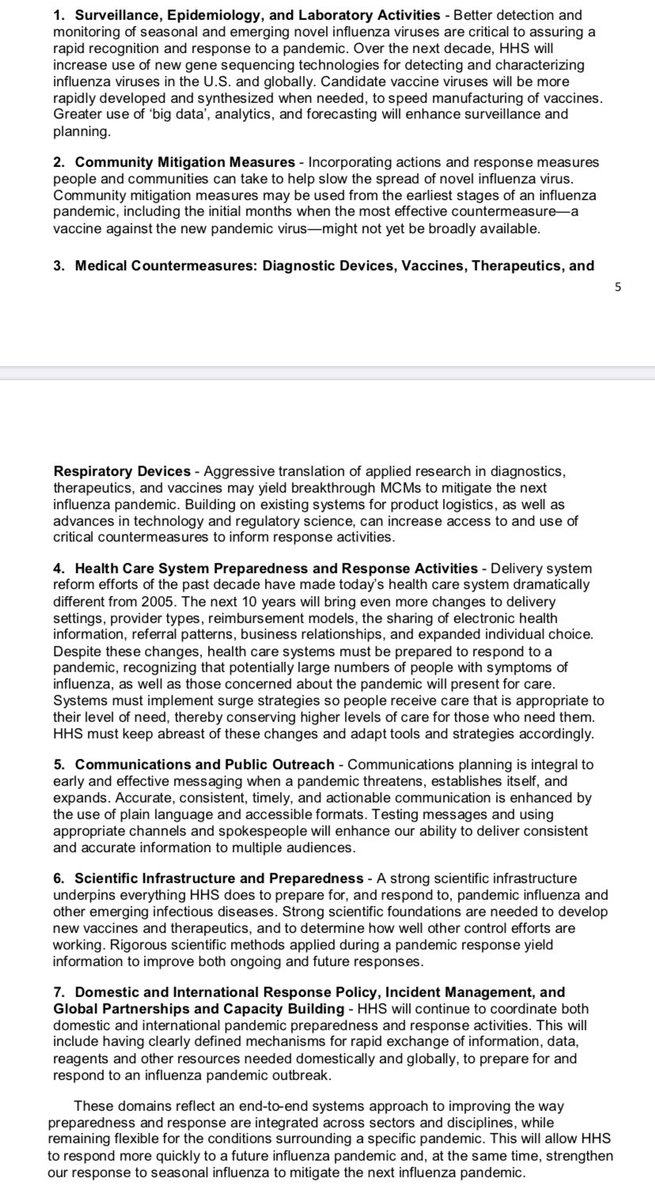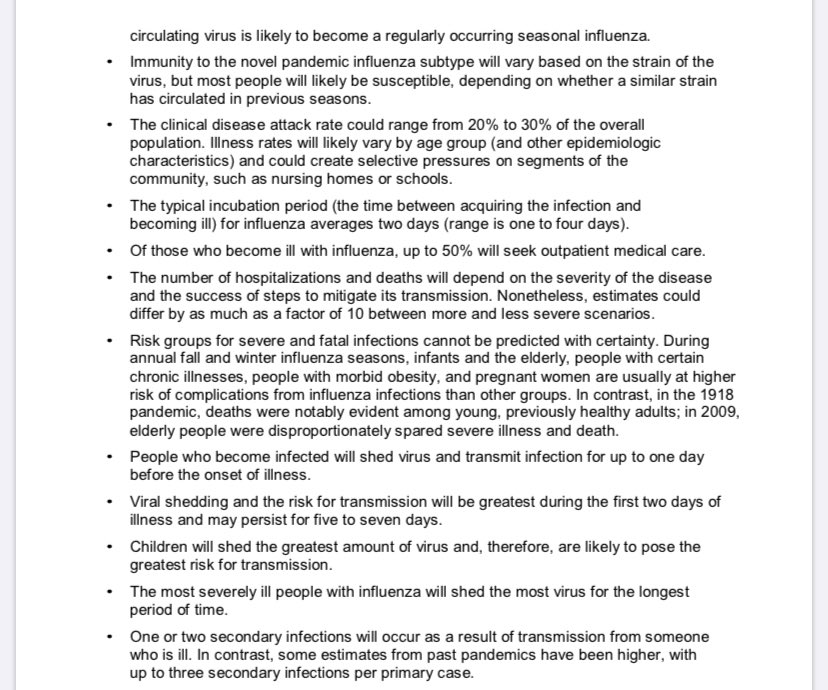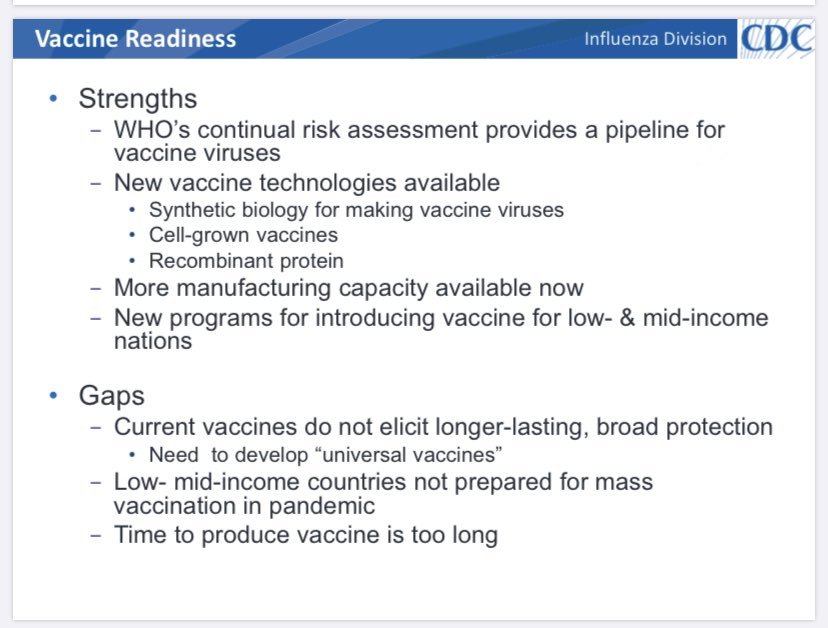1.) A thread of coronavirus related incidents prior to Covid-19. We can see from this thread, the threat posed for a long time and how advice to cope with outbreaks has not changed much. We’ll start with the SARS outbreak in China, in 2002-2004
#outbreak">https://www.cdc.gov/sars/about/fs-sars.html #outbreak">https://www.cdc.gov/sars/abou...
#outbreak">https://www.cdc.gov/sars/about/fs-sars.html #outbreak">https://www.cdc.gov/sars/abou...
1.2) SARS, first reported in China spread to 29 different countries, infecting over 8,000 people and at least 774 died worldwide. A bulk of the outbreak was within China, however, this sparked concern and interest in the transmission of coronaviruses https://www.businessinsider.nl/deadly-sars-virus-history-2003-in-photos-2020-2?international=true&r=US">https://www.businessinsider.nl/deadly-sa...
1.3) China eventually introduced quarantine measures, masks also became a huge part of stopping the transmission of SARS. The transmission rate of SARS sparked worldwide investigations on how to prevent influenza pandemics
2.) In 2007, The American Microbiology Society released a study of coronaviruses as a emerging threat. The study highlighted transmission risks, prevention methods and explained coronaviruses can “undergo genetic recombination” which can lead to more “genotypes and outbreaks”
2.1) The final conclusion of this study were that the threat of coronaviruses should not be ignored. You can also find a speech from George W Bush announcing the threat of influenza pandemics from 2005
https://cmr.asm.org/content/cmr/20/4/660.full.pdf">https://cmr.asm.org/content/c... https://youtu.be/PsWHxFanaGE ">https://youtu.be/PsWHxFana...
https://cmr.asm.org/content/cmr/20/4/660.full.pdf">https://cmr.asm.org/content/c... https://youtu.be/PsWHxFanaGE ">https://youtu.be/PsWHxFana...
3.) In 2012, The MERS outbreak in The Middle East which later spread to 24 countries over a period of 3 years. The first case was reported in Saudi Arabia. In the first 15 cases reported between 2012-2013, 9 of those had died, sparking worldwide concern
https://www.ncbi.nlm.nih.gov/pmc/articles/PMC3509437/">https://www.ncbi.nlm.nih.gov/pmc/artic...
https://www.ncbi.nlm.nih.gov/pmc/articles/PMC3509437/">https://www.ncbi.nlm.nih.gov/pmc/artic...
3.1) Despite the bulk of MERS outbreaks being between 2012-2015, cases of MERS still appear to this day in several countries.
Official numbers of reported cases is 2519 (as of January 2020) with 866 deaths. Making the death rate around 35% http://www.emro.who.int/health-topics/mers-cov/mers-outbreaks.html">https://www.emro.who.int/health-to...
Official numbers of reported cases is 2519 (as of January 2020) with 866 deaths. Making the death rate around 35% http://www.emro.who.int/health-topics/mers-cov/mers-outbreaks.html">https://www.emro.who.int/health-to...
3.2) On the 11th of February 2013 the UK confirmed their first case of MERS. This case also provided the first case to suggest person-to-person transmission
https://www.who.int/csr/don/2013_02_13/en/">https://www.who.int/csr/don/2...
https://www.who.int/csr/don/2013_02_13/en/">https://www.who.int/csr/don/2...
4.) On 15th of August 2014 the UK released the Pandemic Influenza response plan. The UK gov also planned to undergo Exercise Cygnus in late 2014, attempting to find where they would fail in times of an influenza pandemic https://www.gov.uk/government/publications/pandemic-influenza-response-plan">https://www.gov.uk/governmen...
4.1) As of 2014 pandemic influenza has been classified as the number one threat to the UK population
5.) In 2015, South Korea suffered an outbreak of MERS-COV cases. Despite only 186 cases of MERS being reported up to 24 hospital were affected with cases and at the height of the outbreak 2,208 schools were temporarily closed
https://n.news.naver.com/mnews/hotissue/article/001/0007646668?cid=1018477
https://n.news.naver.com/mnews/hot... href=" https://www.who.int/westernpacific/emergencies/2015-mers-outbreak">https://www.who.int/westernpa...
https://n.news.naver.com/mnews/hotissue/article/001/0007646668?cid=1018477
5.1) Despite only 186 cases and 38 deaths being recorded. South Korea took ultimate precautions with strict quarantine measures, mask policies and closed their borders to some tourists. The MERS outbreak made South Korea more prepared for Covid-19 https://www.bloomberg.com/news/articles/2020-03-04/south-korea-tests-hundreds-of-thousands-to-fight-virus-outbreak">https://www.bloomberg.com/news/arti...
6.) In 2017 the CDC released their own Pandemic Influenza Plan. The emergence of Swine Flu, Bird Flu, MERS and SARS proving the risk of influenza pandemics was increasing
https://www.cdc.gov/flu/pandemic-resources/pdf/pan-flu-report-2017v2.pdf">https://www.cdc.gov/flu/pande...
https://www.cdc.gov/flu/pandemic-resources/pdf/pan-flu-report-2017v2.pdf">https://www.cdc.gov/flu/pande...
6.1) The CDC plan much like the UK and Chinese plan to cope with pandemics is heavily reliant on surveillance, track and trade and epidemiology. The CDC highlight the need for respiratory devices and mitigation strategies including self isolation
6.2) We see here that social distancing, facility closures and self isolation are all recommended methods of coping with an influenza pandemic. We also see in the second picture that children are considered to be the greatest risk for transmission
7.) In 2018 the CDC held a pandemic risk assessment conference. In this conference they highlighted the weaknesses and strengths of the US during an influenza pandemic. They refer to WHO’s continual risk assessment as a strength for the US
https://www.aphl.org/conferences/proceedings/Documents/2018/02Katz.pdf">https://www.aphl.org/conferenc...
https://www.aphl.org/conferences/proceedings/Documents/2018/02Katz.pdf">https://www.aphl.org/conferenc...

 Read on Twitter
Read on Twitter
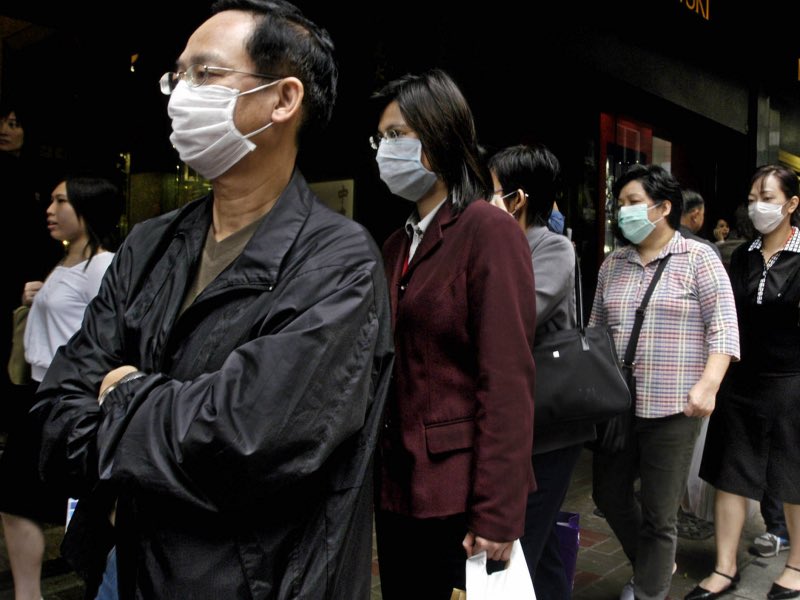

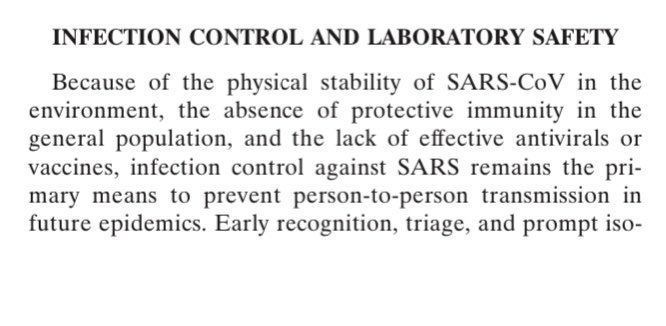
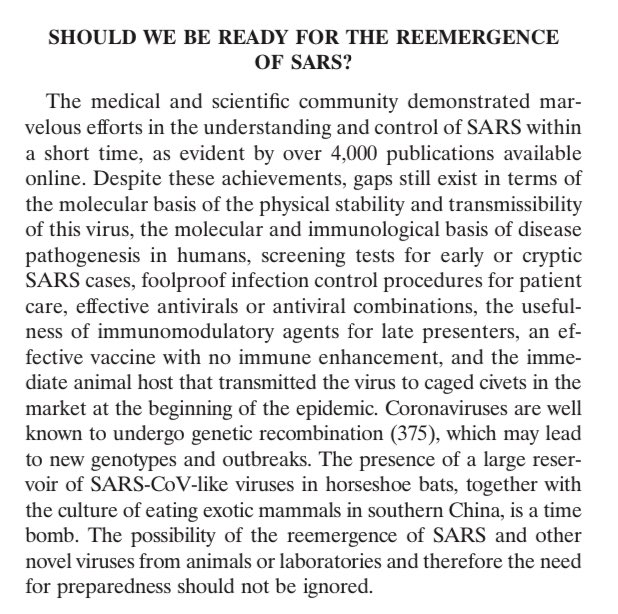
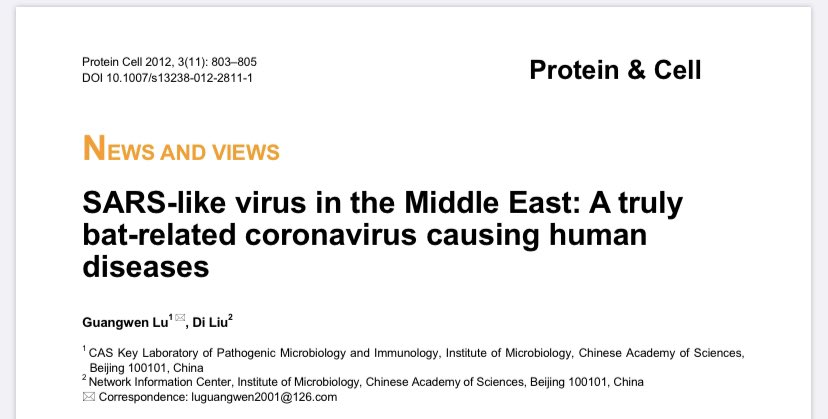
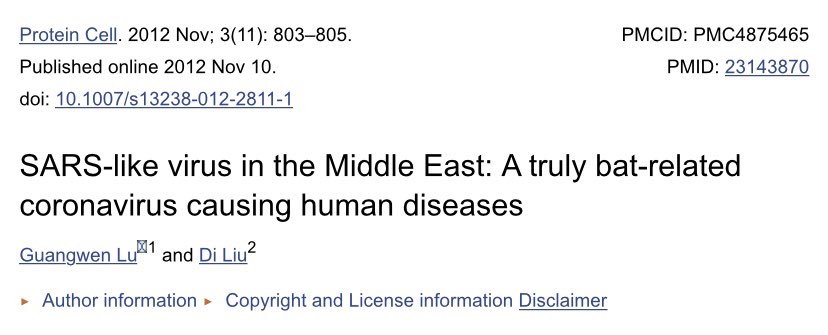
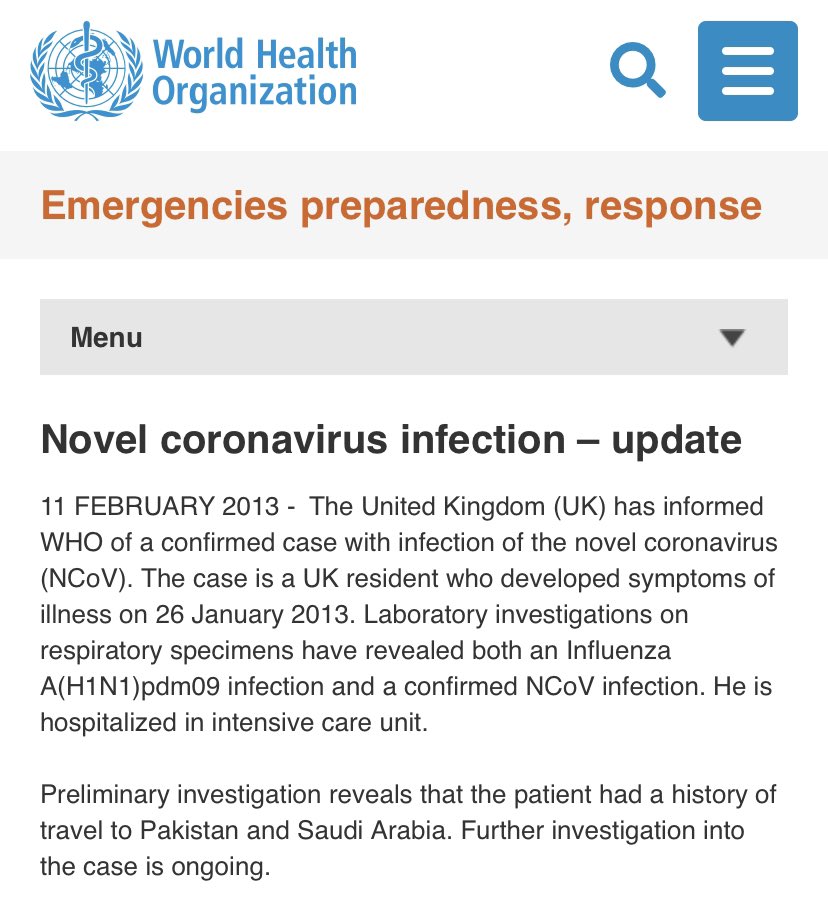

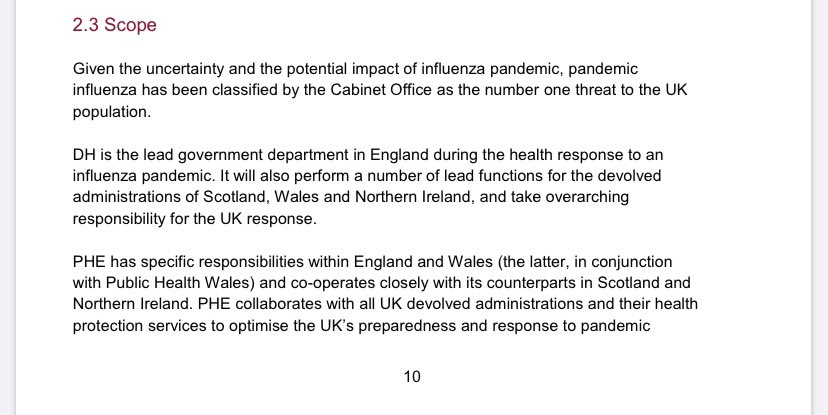
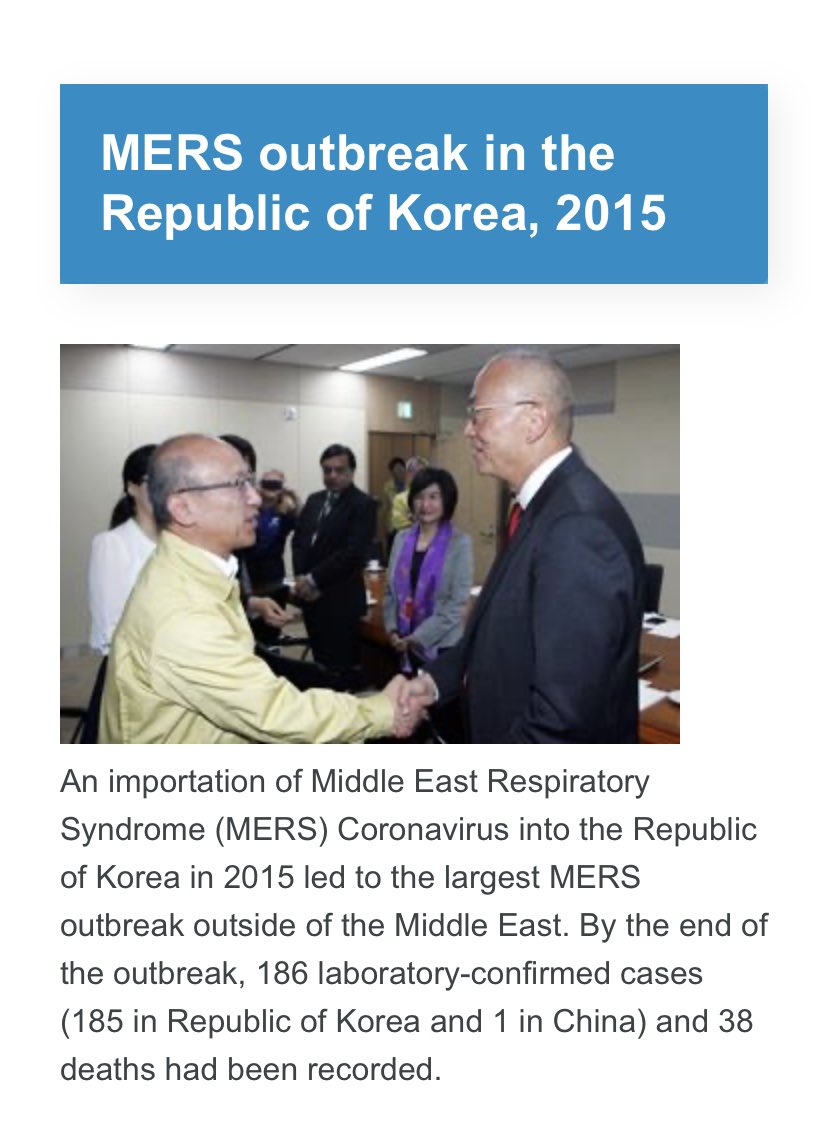 https://www.who.int/westernpa..." title="5.) In 2015, South Korea suffered an outbreak of MERS-COV cases. Despite only 186 cases of MERS being reported up to 24 hospital were affected with cases and at the height of the outbreak 2,208 schools were temporarily closed https://n.news.naver.com/mnews/hot... href=" https://www.who.int/westernpacific/emergencies/2015-mers-outbreak">https://www.who.int/westernpa...">
https://www.who.int/westernpa..." title="5.) In 2015, South Korea suffered an outbreak of MERS-COV cases. Despite only 186 cases of MERS being reported up to 24 hospital were affected with cases and at the height of the outbreak 2,208 schools were temporarily closed https://n.news.naver.com/mnews/hot... href=" https://www.who.int/westernpacific/emergencies/2015-mers-outbreak">https://www.who.int/westernpa...">
 https://www.who.int/westernpa..." title="5.) In 2015, South Korea suffered an outbreak of MERS-COV cases. Despite only 186 cases of MERS being reported up to 24 hospital were affected with cases and at the height of the outbreak 2,208 schools were temporarily closed https://n.news.naver.com/mnews/hot... href=" https://www.who.int/westernpacific/emergencies/2015-mers-outbreak">https://www.who.int/westernpa...">
https://www.who.int/westernpa..." title="5.) In 2015, South Korea suffered an outbreak of MERS-COV cases. Despite only 186 cases of MERS being reported up to 24 hospital were affected with cases and at the height of the outbreak 2,208 schools were temporarily closed https://n.news.naver.com/mnews/hot... href=" https://www.who.int/westernpacific/emergencies/2015-mers-outbreak">https://www.who.int/westernpa...">
